Don't wanna be here? Send us removal request.
Text
How to Create a Sustainable Waste Management System in Your Household
In today's world, where environmental concerns are becoming more pressing by the day, adopting sustainable practices at the individual level has never been more important. One of the most significant challenges we face is waste management. The accumulation of waste, particularly non-biodegradable materials, poses a threat to our environment, ecosystems, and even our own well-being. Creating a sustainable waste management system in your household is a small but impactful step towards reducing your carbon footprint and contributing to a healthier planet.
Understanding the Need for Sustainable Waste Management
The concept of waste management goes beyond simply throwing away trash. It involves responsible practices that minimize the negative impact of waste on the environment. Sustainable waste management is built on the three R's: Reduce, Reuse, and Recycle. By implementing these principles, you can significantly reduce the amount of waste your household produces and contribute to conserving natural resources.
Creating a Sustainable Waste Management System
Audit Your Waste: Begin by assessing the types of waste your household generates. Categorize them into recyclables, compostable, and non-recyclables. This audit will help you understand the composition of your waste and guide your efforts.
Reduce: The first step towards sustainability is reducing waste generation. Minimize single-use items like plastic bags, bottles, and disposable cutlery. opt for reusable alternatives such as cloth bags, stainless steel water bottles, and eco-friendly utensils. Buy products with minimal packaging or in bulk to reduce unnecessary waste.
Reuse: Before discarding an item, consider if it can be repurposed or used for another function. Glass jars can become storage containers, old t-shirts can be turned into cleaning rags, and cardboard boxes can be used for organizing.
Recycle: Recycling is crucial for diverting waste from landfills. Learn about the recycling regulations in your area and organise your recyclables correctly. Commonly recycled items include paper, cardboard, glass, certain plastics, and aluminium.
Composting: Organic waste like food scraps and yard trimmings can be composted to create nutrient-rich soil for your garden. Composting not only reduces landfill waste but also enriches the soil and reduces the need for chemical fertilizers.
E-waste Management: Electronic waste contains hazardous materials that can be harmful to the environment if not disposed of properly. Many communities have e-waste recycling programs, so be sure to responsibly dispose of old electronics.
Donate and Repurpose: Items that you no longer need but are still in good condition can be donated to charitable organizations or thrift stores. This extends the lifespan of the item and benefits those in need.
Educate and Involve: Teach your family about the importance of sustainable waste management. Involve everyone in the household in adopting eco-friendly practices. Encourage children to learn about recycling and composting.
Benefits of a Sustainable Waste Management System
Reduced Environmental Impact: By reducing waste and recycling, you help conserve natural resources, decrease energy consumption, and decrease greenhouse gas emissions.
Healthier Ecosystems: Proper waste management prevents harmful substances from seeping into the soil and water, protecting ecosystems and wildlife.
Cost Savings: In the long run, adopting sustainable practises frequently results in cost savings. Reusable items and reduced waste mean spending less on disposable products.
Community Impact: Your efforts inspire others in your community to adopt similar practices, creating a ripple effect of positive change.
Conclusion
Creating a sustainable waste management system in your household is a commitment to a greener future. By practicing the principles of reduce, reuse, and recycle, you take a significant step towards preserving our planet for future generations. Remember, every small action count, and collectively, our efforts can lead to a more sustainable and environmentally-friendly world.
#product removal#product destruction#enviro product destruction#environment#sustainable waste management#complex product destruction#waste destruction
0 notes
Text
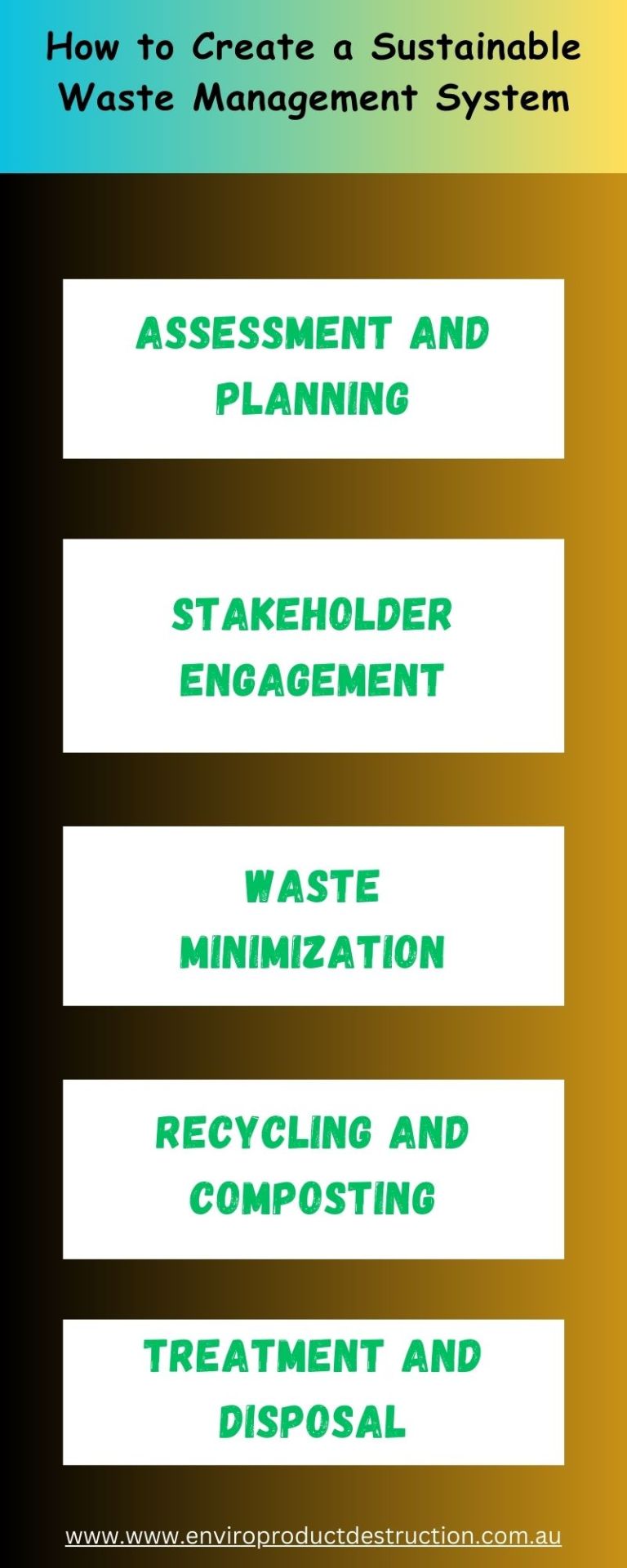
#product removal#environment#enviro product destruction#complex product destruction#waste management#sustainable waste management#sustainable waste examples#product destruction
0 notes
Text
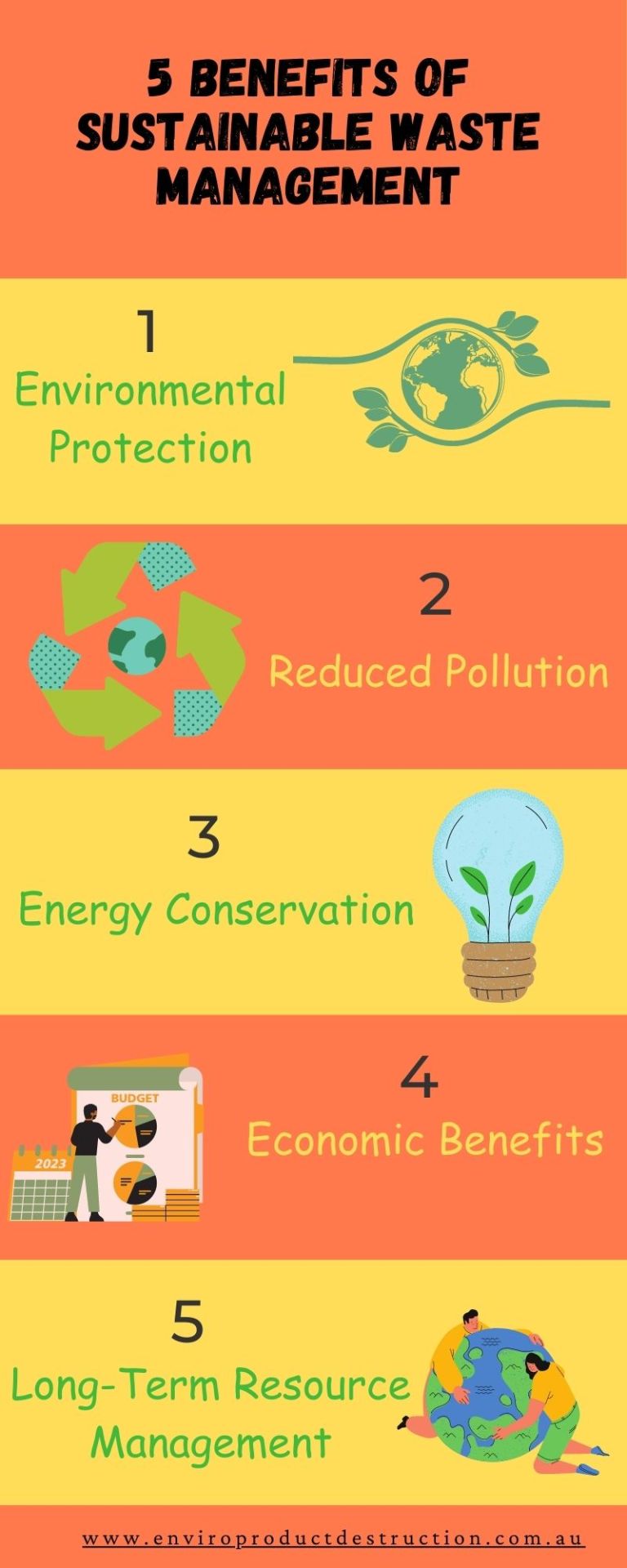
#product removal#product destruction#sustainable waste management#waste management#environment#waste destruction#sustainable waste examples
0 notes
Text
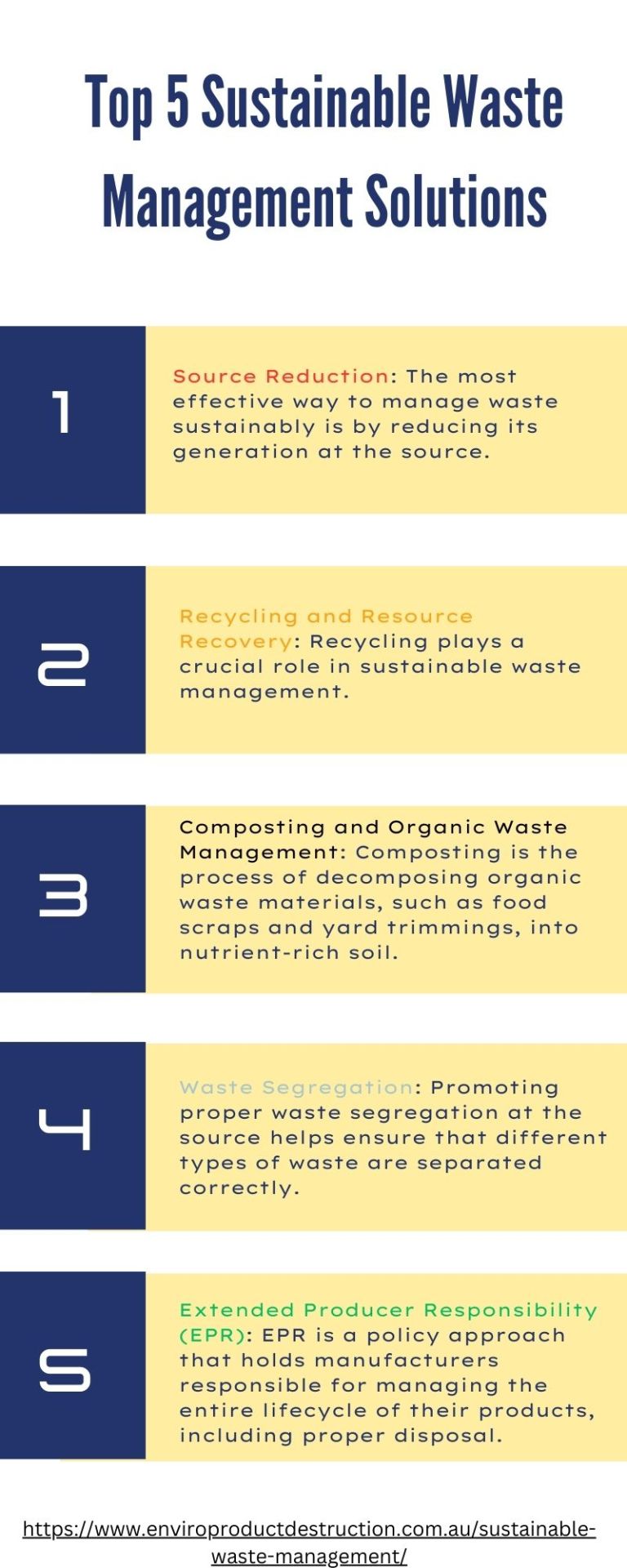
#product removal#environment#enviro product destruction#sustainable waste management#complex product destruction#waste destruction#waste management practices#sustainable waste examples
0 notes
Text
The Importance of Certificate of Destruction for Product Removal
In today's fast-paced world of commerce, product recalls have become an unfortunate reality for many businesses. Whether it's due to safety concerns, quality issues, or regulatory compliance, the need to remove and dispose of recalled products properly is of utmost importance. In such instances, a Certificate of Destruction (COD) plays a vital role in ensuring peace of mind for both businesses and consumers. In this blog post, we will delve into the significance of a Certificate of Destruction for product removal and explore how it safeguards brand reputation, legal compliance, and environmental responsibility.
Protecting Brand Reputation: Product recalls can be damaging to a company's brand reputation. Customers lose trust, and negative publicity can spread rapidly. A Certificate of Destruction acts as concrete evidence that the recalled products have been safely and securely disposed of, preventing any unauthorized distribution or misuse. By demonstrating a commitment to responsible product removal, companies can reassure their customers, stakeholders, and the public that they prioritize safety and consumer well-being.
Ensuring Legal Compliance: When conducting a product recall, businesses must adhere to various legal and regulatory requirements. It serves as documentation that demonstrates compliance with these obligations. It provides evidence that the recalled products have been disposed of in accordance with applicable laws, regulations, and industry standards. This documentation can be invaluable in the event of legal disputes or regulatory audits, demonstrating that the company has fulfilled its obligations and taken necessary actions to protect consumer safety.
Mitigating Liability: Product recalls often occur due to safety concerns or defects that pose risks to consumers. In such cases, a Certificate of Destruction is essential in mitigating liability for the manufacturer or distributor. By ensuring that recalled products are promptly and properly destroyed, businesses can demonstrate that they have taken all reasonable steps to remove potential hazards from the market. This proactive approach helps protect the company from potential legal claims and financial repercussions.
Environmental Responsibility: Environmental sustainability is a growing concern across industries. When disposing of recalled products, it's crucial to consider the environmental impact. It ensures that the products are disposed of in an environmentally responsible manner. This may involve recycling, reusing materials, or following proper sustainable waste management procedures. By obtaining a COD, companies can demonstrate their commitment to minimizing the environmental footprint associated with product removal.
Supply Chain Security: In many cases, product recalls are linked to supply chain issues, such as contamination, counterfeiting, or manufacturing defects. It adds an extra layer of security by verifying that the recalled products have been permanently removed from the supply chain. This helps prevent unauthorized distribution, counterfeit products, or inadvertent re-entry into the market, safeguarding the integrity of the supply chain and protecting consumers from potential harm.
When faced with the challenging task of product removal, businesses must prioritize safety, legal compliance, and environmental responsibility. A Certificate of Destruction serves as a crucial document that attests to the proper disposal of recalled products, ensuring brand reputation, legal compliance, and consumer protection. By obtaining a COD, companies can navigate the intricacies of product recalls with confidence, demonstrating their commitment to safety, transparency, and environmental sustainability. In a world where consumer trust is paramount, a Certificate of Destruction provides assurance and peace of mind for all parties involved.
#product removal#environment#enviro product destruction#sustainable waste management#waste management#waste management practices
0 notes
Text

#product removal#product destruction#enviro product destruction#waste management#sustainable waste management#waste management practices
0 notes
Text
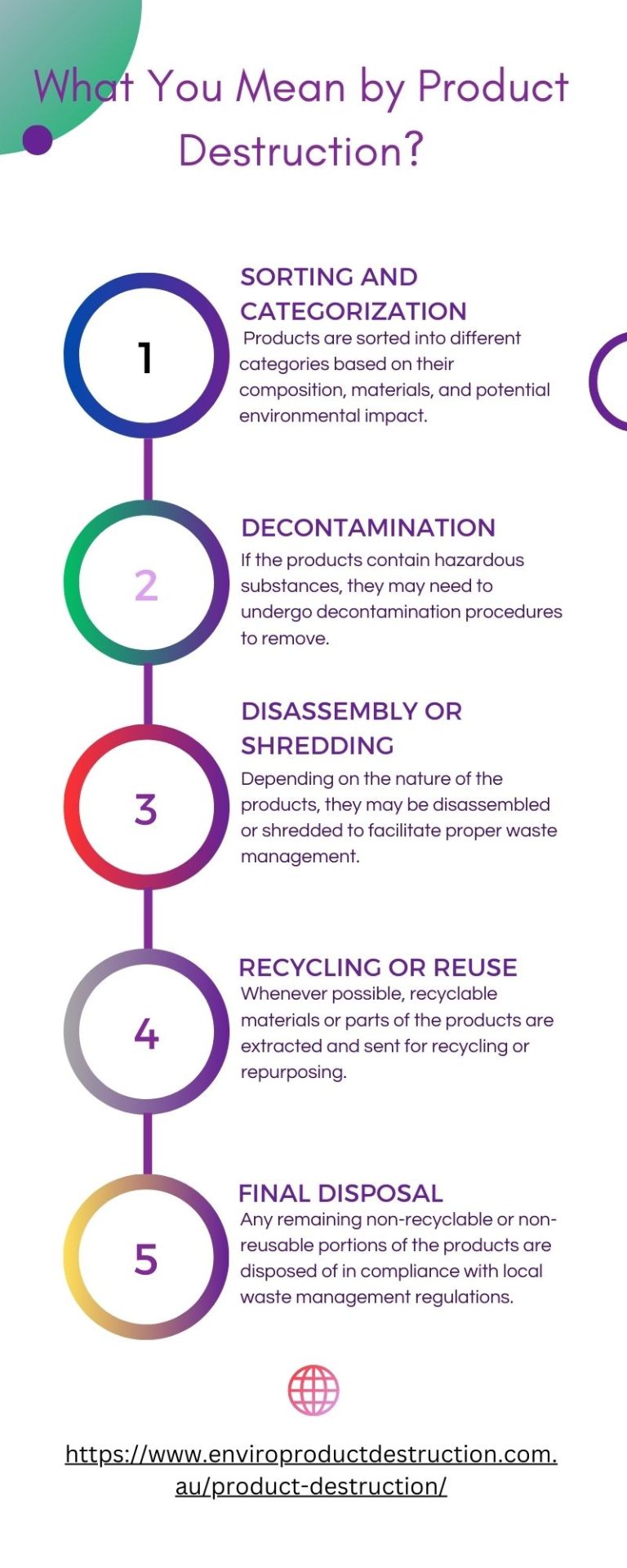
#product removal#environment#sustainable waste management#waste destruction#waste management#complex product destruction
0 notes
Text

#product removal#environment#product destruction#sustainable waste management#waste management#enviro product destruction#waste destruction#complex product destruction#sustainable waste examples#waste management practices
0 notes
Text
Product Removal in Waste Management
Waste management plays a vital role in safeguarding the environment and promoting sustainability. One critical aspect of waste management that often goes unnoticed is product removal. Properly handling and disposing of unwanted or expired products is essential to minimize the negative impact on the environment and human health. In this blog post, we will delve into the significance of product removal in waste management and explore effective strategies for handling various types of products responsibly.
Reducing Environmental Footprint
Product removal is crucial for reducing the environmental footprint associated with waste disposal. Many products contain hazardous substances that can pose significant risks if not disposed of properly. Toxic chemicals, such as mercury, lead, and various solvents, can contaminate soil, water sources, and air, causing severe harm to ecosystems and human health.
By implementing effective product removal processes, waste management systems can identify and separate hazardous materials from general waste. This ensures that these substances are handled appropriately, either through specialized treatment or safe disposal methods. By reducing the amount of hazardous waste reaching landfills or incinerators, we can minimize the release of pollutants into the environment, protecting both natural resources and the well-being of communities.
Promoting Resource Recovery
Another important aspect of product removal is the potential for resource recovery. Many products, such as electronic devices, batteries, and certain packaging materials, contain valuable resources that can be recycled or reused. By incorporating product removal practices that prioritize resource recovery, waste management systems can contribute to a circular economy, where materials are conserved and reused rather than being discarded.
Recycling and reusing products not only reduce the demand for raw materials but also save energy and reduce greenhouse gas emissions associated with the production of new items. By embracing product removal as an integral part of waste management, we can unlock the potential for valuable materials to be reclaimed and reintegrated into the production cycle, minimizing the strain on our planet's resources.
Challenges and Strategies
While it offers numerous benefits, it also presents unique challenges. Identifying and handling a wide range of products requires specialized knowledge and infrastructure. Additionally, consumer behaviour and inadequate product labelling8 can hinder effective product removal practices.
To overcome these challenges, collaboration among stakeholders is crucial. Manufacturers should prioritize designing products with end-of-life considerations, facilitating easier separation and recycling. Governments can play a vital role by enforcing regulations that require responsible product disposal and by supporting initiatives that educate the public about proper waste management practices.
Furthermore, waste management facilities should establish robust sorting systems and invest in training staff to handle different types of products efficiently. Implementing specialized collection programs, such as electronic waste drop-off points or pharmaceutical take-back programs, can also help ensure the proper removal of specific products.
Product removal is a vital component of waste management that often goes unnoticed. By addressing this aspect effectively, we can reduce environmental pollution, protect human health, and unlock the potential for resource recovery. Collaborative efforts between manufacturers, governments, and waste management facilities are crucial in establishing comprehensive product removal strategies. Embracing responsible product removal practices will not only benefit the environment but also contribute to the creation of a more sustainable future for generations to come.
0 notes
Text
Certificate of destruction to rebuilt title

#environment#product removal#product destruction#sustainable waste management#waste management practices
0 notes
Text
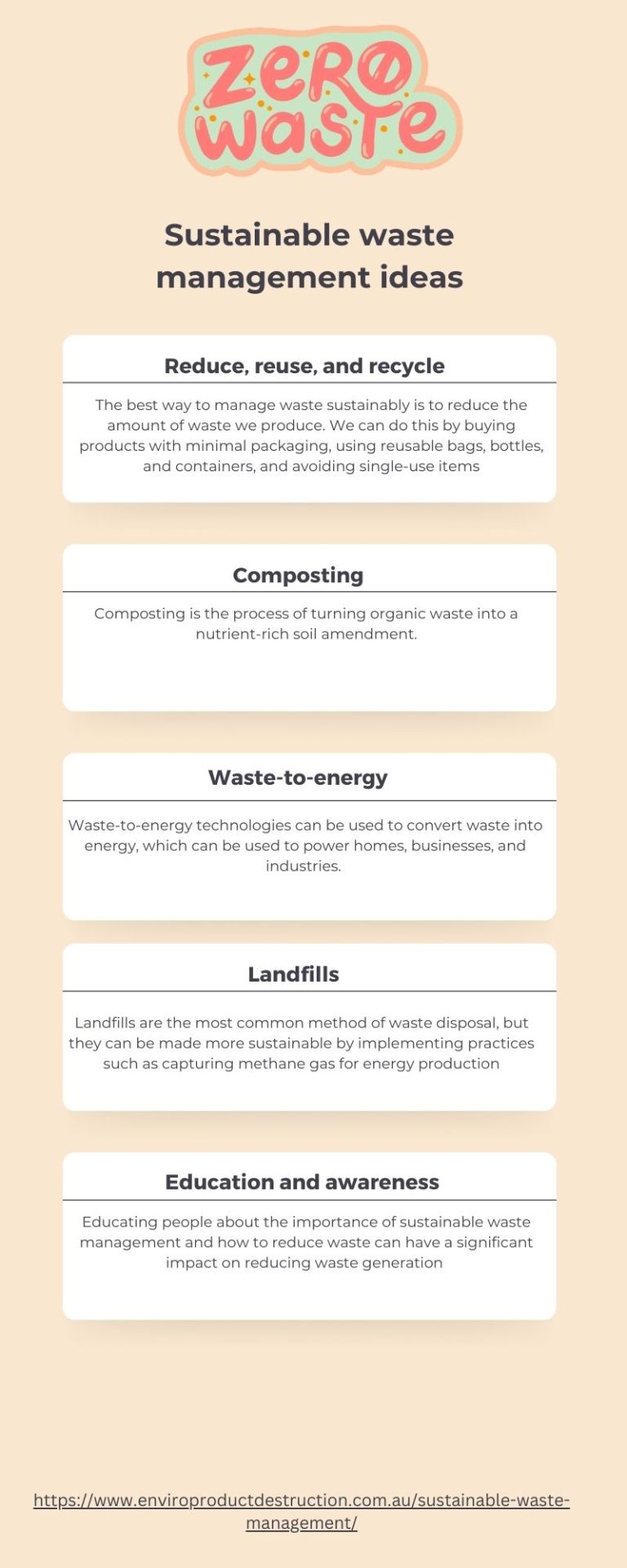
0 notes
Text
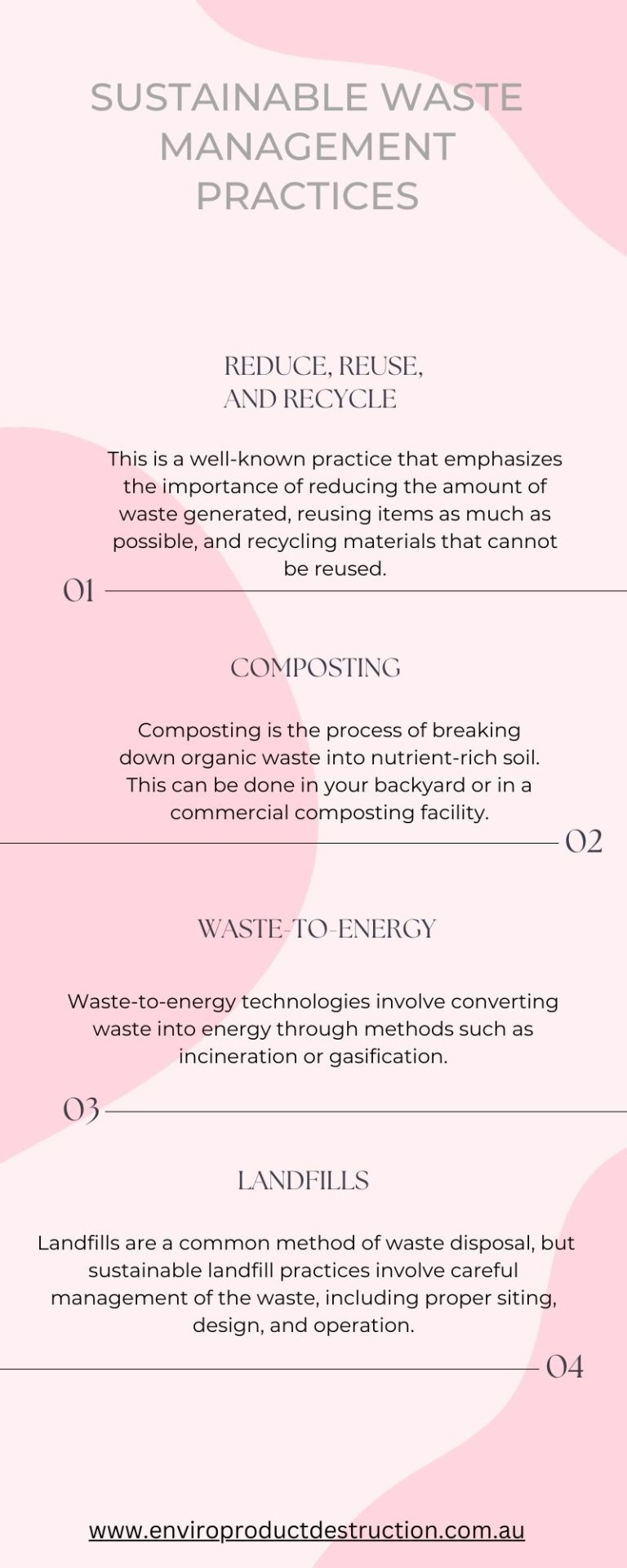
#waste management practices#product removal#product destruction#sustainable waste management#recycle#reuse
0 notes
Text
How Does a Certificate of Destruction Work?
In today's world, product disposal has become a significant challenge for businesses. With increasing concerns about environmental sustainability and waste management, companies must implement effective strategies to dispose of their products responsibly. One such strategy is a certificate of destruction, which guarantees that products are removed and destroyed safely and securely. In this blog, we'll explore how a certificate of destruction works and why it's essential for businesses.

A certificate of destruction is a legal document that verifies that products have been securely destroyed. This document is issued by a professional shredding or destruction company after they have completed the disposal process. The certificate of destruction serves as proof that the products have been disposed of correctly and in compliance with all relevant laws and regulations.
The process of obtaining a certificate of destruction starts with the identification of the products that require disposal. These products could be anything from sensitive documents to electronic equipment or expired medications. Once the products are identified, they are collected and transported to a secure facility for destruction.
The product destruction process typically involves shredding or crushing the products, rendering them unusable and irretrievable. The products are then recycled or disposed of safely in compliance with relevant laws and regulations. After the destruction process is complete, the destruction company issues a certificate of destruction, verifying that the products have been destroyed securely and in compliance with all regulations.
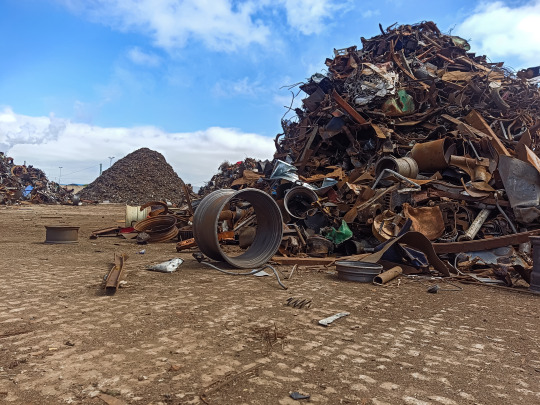
It is crucial for businesses for several reasons. Firstly, it ensures that products are disposed of safely and securely, reducing the risk of them falling into the wrong hands. This is especially important for businesses dealing with sensitive information or products that could cause harm if misused.
Secondly, certificate provides legal protection for businesses. In the event of a lawsuit or regulatory investigation, the certificate of destruction serves as proof that the product removal is done correctly and in compliance with relevant laws and regulations.
#waste destruction#sustainable waste examples#complex product destruction#product removal#waste management practices
0 notes
Text
Sustainable Environmental Management and Development
Sustainable environmental management and development is an essential aspect of preserving the planet's natural resources and ensuring a better future for generations to come. It involves using resources efficiently, minimizing waste and pollution, and adopting sustainable practices in all areas of life.

One of the main challenges facing our planet today is the threat of climate change. The rise in global temperatures, caused mainly by human activities such as the burning of fossil fuels, deforestation, and industrialization, has severe consequences for the environment, human health, and the economy. To address this issue, sustainable environmental management and development must be prioritized.
There are several key areas where sustainable environmental management and development can be applied:
Energy Efficiency: One of the most effective ways to reduce carbon emissions and promote sustainable development is through energy efficiency. This involves using energy more efficiently in homes, buildings, and transportation systems, as well as investing in renewable energy sources such as wind and solar power.
Sustainable Waste Management: Another critical area of sustainable environmental management and development is waste management. This involves reducing waste generation, reusing and recycling materials, and using proper product removal methods to minimize the impact on the environment.

Sustainable Agriculture: Sustainable agriculture involves adopting practices that minimize the use of harmful chemicals and pesticides, conserve water, and promote soil health
Conservation and Biodiversity: Conservation and biodiversity efforts are also essential components of sustainable environmental management and development. These efforts involve protecting ecosystems, preserving endangered species, and promoting sustainable tourism that benefits local communities and the environment.
Sustainable Urbanization: Sustainable urbanization involves developing cities and towns in a way that reduces their environmental impact, promotes sustainable transportation, and supports local communities.
Sustainable environmental management and development is crucial for the preservation of our planet and the well-being of future generations. By adopting waste management practices in all areas of life, we can reduce our impact on the environment, mitigate the effects of climate change, and build a more sustainable future for all.
0 notes
Text
What is Waste Management Services
Waste management services are essential for maintaining a healthy and sustainable environment. The process involves collecting, transporting, disposing of, and recycling waste materials. These services play a crucial role in keeping our surroundings clean and reducing the negative impacts of waste on the environment.

Waste management services encompass a wide range of activities, including:
Collection: Waste collection is the first step in waste management services. It involves the collection of waste materials from households, commercial establishments, and industrial sites. The collection process is usually done by waste collection trucks, which transport the waste to a designated disposal site.
Transportation: Waste transportation is the second step in waste management services. It involves the transportation of waste from the collection point to the disposal site. This process is critical to ensure that waste is disposed of in a safe and environmentally friendly manner.
Disposal: Waste disposal or product removal is the process of disposing of waste in a designated location, such as a landfill or incinerator. The disposal site must meet certain environmental standards to ensure that it does not harm the environment or human health in this case certificate of destruction is very important.
Recycling: Recycling is the process of converting waste materials into new products. Recycling helps to reduce waste and conserve natural resources. It also reduces the amount of waste that ends up in landfills and incinerators, thereby reducing the negative impact of waste on the environment.
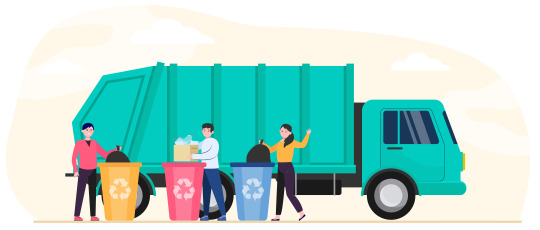
Waste management services are essential for maintaining a healthy and sustainable environment. Without proper waste management, waste can accumulate in our surroundings, leading to environmental degradation and health hazards. By implementing effective waste management services, we can ensure that waste is disposed of in a safe and environmentally friendly manner, and that the negative impacts of waste on the environment are minimized.
In conclusion, waste management services are a critical component of environmental management. They play an essential role in keeping our surroundings clean, reducing the negative impacts of waste on the environment, and conserving natural resources. It is important to support waste management services and take steps to reduce waste generation to ensure a sustainable future for generations to come.
#sustainable waste examples#waste destruction#waste management practices#sustainable waste management
0 notes
Text
Can a Certificate of Destruction be Fixed?
A certificate of destruction is a legal document that confirms the proper destruction of sensitive or confidential information, products, or materials. It is often required by law to ensure compliance with data privacy regulations, environmental regulations, or industry standards. A certificate of destruction serves as proof that the materials have been destroyed in a secure and responsible manner, preventing any further use or disclosure of the information.
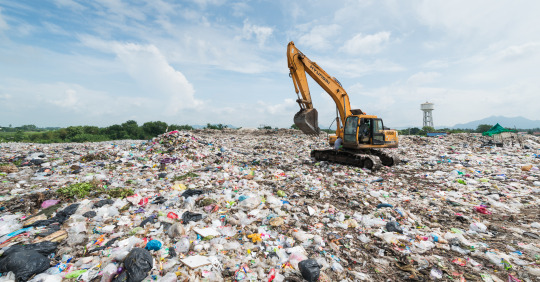
But what happens if there is an error in the certificate of destruction? Can it be fixed?
The answer is not straightforward and depends on the specific circumstances of the error. Here are some scenarios to consider:
Minor errors: If the error in the certificate is minor, such as a typo or a misspelling, it may be possible to correct it by issuing a new certificate with the correct information. However, it is essential to ensure that the corrected certificate includes all the necessary details and meets the legal requirements of the original certificate.
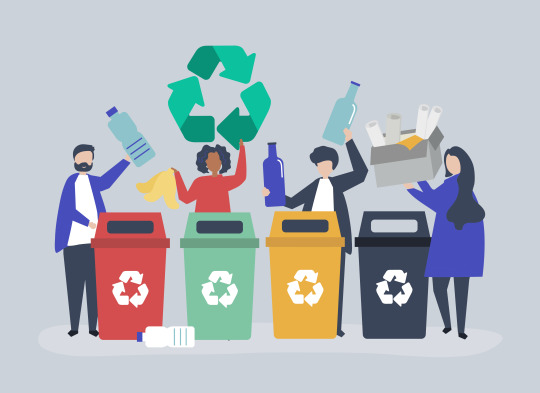
Major errors: If the error in the certificate is significant, such as an incorrect date, missing information, or an incorrect description of the product destroyed, it may not be possible to fix it. In this case, the original certificate should be invalidated, and a new certificate should be issued with the correct information. It is important to note that any mistake in the certificate of destruction can be problematic, as it could potentially compromise the compliance with legal requirements or industry standards.
Fraudulent certificates: If a certificate is fraudulent or has been issued without proper verification of the destruction, it cannot be fixed. Any attempt to do so would be illegal and could lead to serious legal consequences. It is crucial to ensure that the certificate of destruction is valid and issued by a reputable and accredited destruction company.
In conclusion, a certificate of destruction can be fixed, but it depends on the severity and nature of the error. It is essential to ensure that the certificate is accurate and meets all legal and industry requirements to avoid any potential legal or regulatory issues. If you are unsure about the validity of a certificate of destruction or need assistance in correcting an error, it is best to seek the advice of legal counsel or a reputable destruction company.
0 notes
